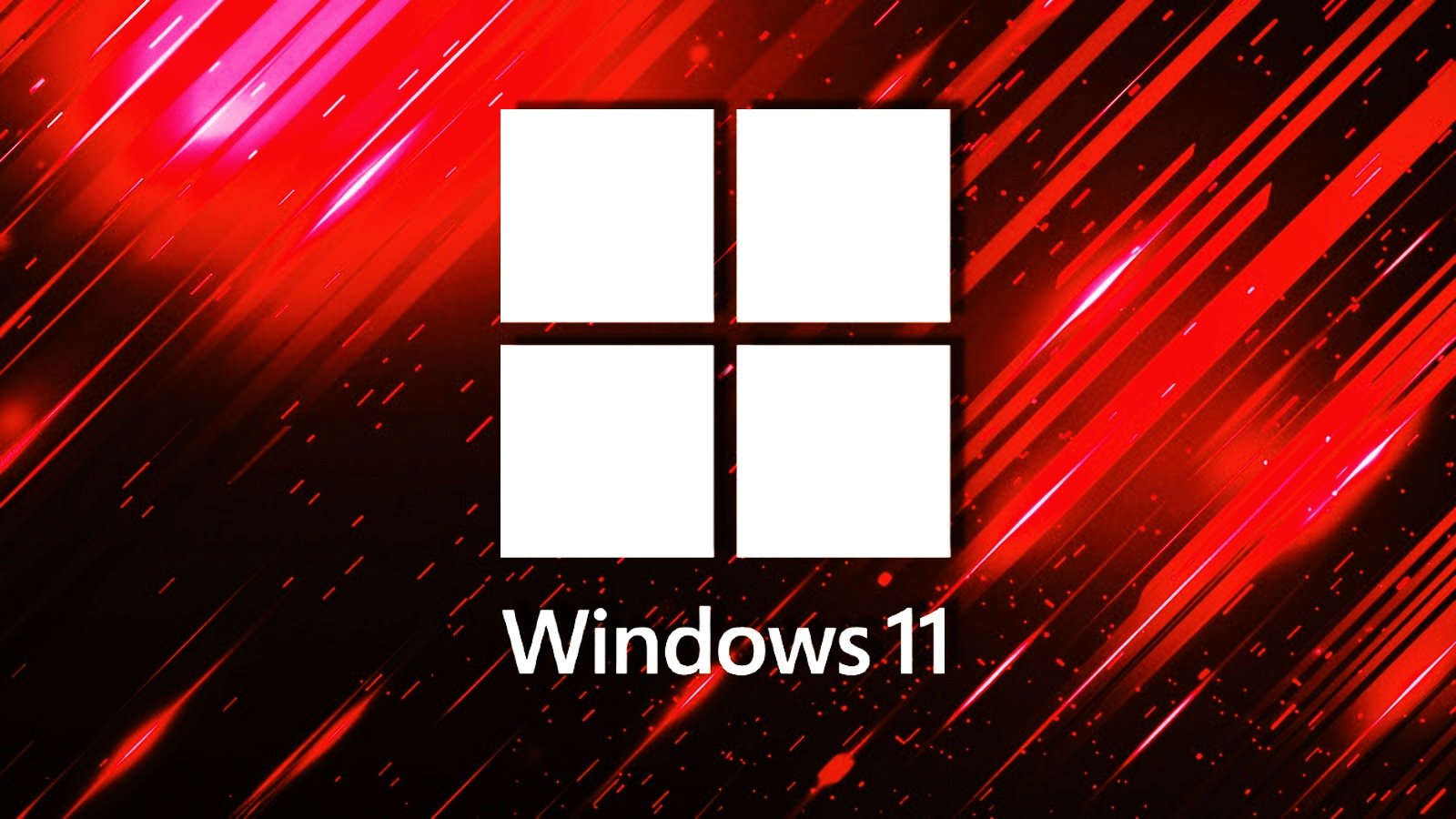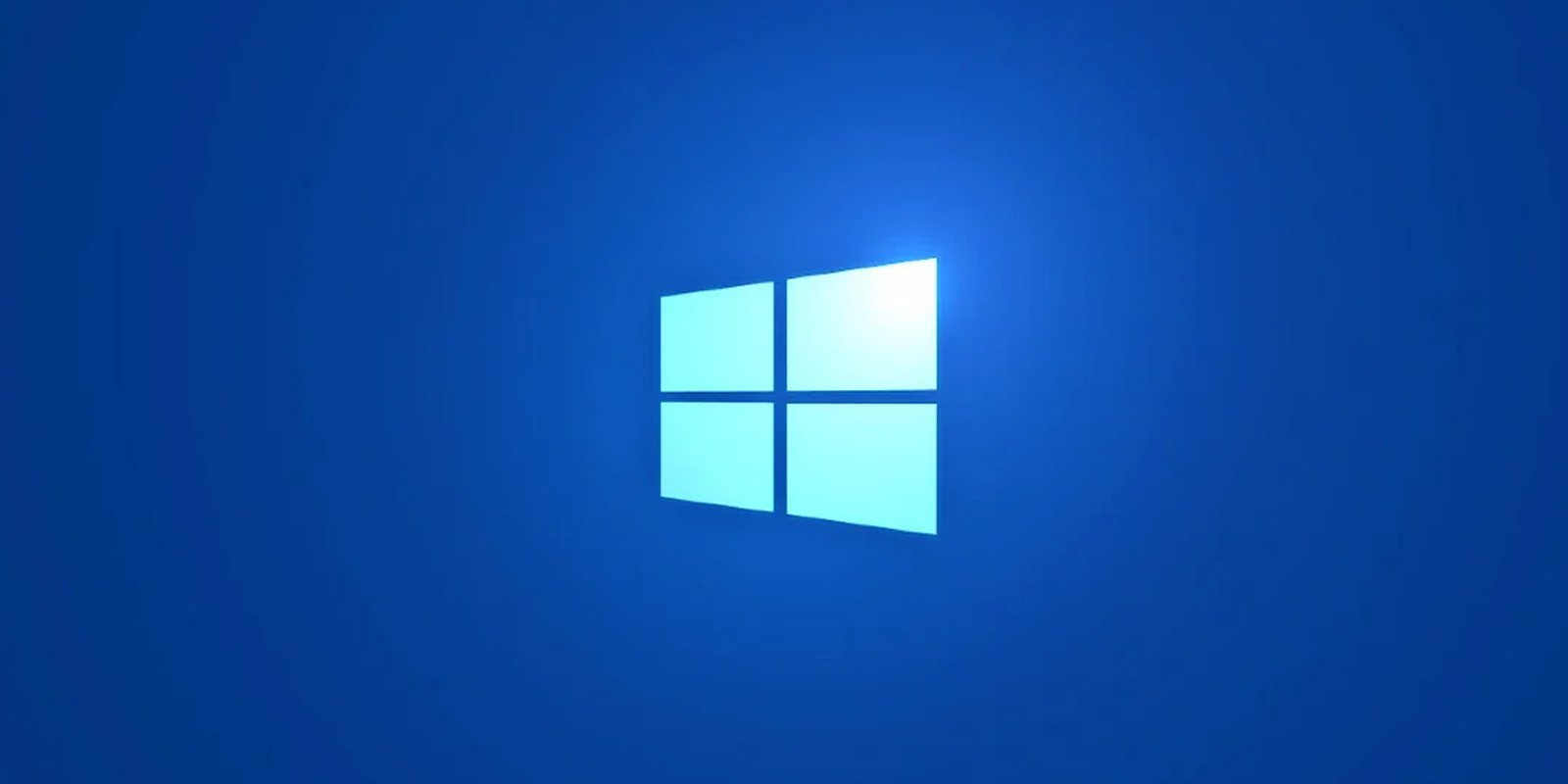BOOK THIS SPACE FOR AD
ARTICLE AD
In today’s fast-changing world of cybersecurity, managing endpoint privileges has become essential for protecting organizational assets. For CISOs and cybersecurity teams, grasping the details of endpoint privilege management is key to strengthening defenses against advanced threats.
What is Endpoint Privilege Management?
Endpoint privilege management focuses on controlling and overseeing administrative access to software on endpoint devices within an organization. This approach aims to restrict the number of users who can run or execute software with elevated privileges, thereby reducing the potential attack surface for cyber threats.
By adhering to the principle of least privilege, endpoint privilege management ensures that users have only the permissions required to complete their tasks, which helps to minimize the risk of exploitation of vulnerabilities or malicious software.
Pros of Endpoint Privilege Management
Reduced Attack Surface: By limiting administrative privileges, EPM helps prevent unauthorized changes to system configurations that could allow malware or ransomware to go unnoticed and spread across the network. Enhanced Compliance: EPM helps organizations adhere to regulatory requirements by enforcing strict access controls and enabling detailed audit trails for compliance audits. Improved Incident Response: With granular control over permissions, security teams can swiftly identify and mitigate potential threats, leading to quicker incident resolution. Mitigation of Insider Threats: By restricting privileged access, EPM reduces the potential for malicious actions from disgruntled employees or accidental misuse of privileges.Cons of Endpoint Privilege Management
Operational Overhead: Implementing and maintaining EPM can introduce additional administrative tasks, including managing and monitoring privilege levels, which might require more resources and effort. User Productivity Impact: Restricting privileges can sometimes lead to user frustration or decreased productivity if legitimate tasks are hindered by overly stringent access controls. Complexity in Management: For large organizations, managing privileges across diverse and dynamic environments can become complex, necessitating sophisticated tools and strategies for effective oversight. Potential for Misconfiguration: Improper configuration of EPM policies can inadvertently lead to access issues or operational disruptions, underscoring the need for careful implementation and ongoing management.The Core Debate
The debate over whether end users should have local administrative rights on their computers has been a contentious issue for decades. On one side, users argue that administrative privileges are essential for performing their jobs efficiently, particularly when frequent software updates disrupt their workflow. On the other hand, IT administrators raise concerns about security vulnerabilities that come with granting such rights, including the risk of malware making unauthorized system modifications.
User Perspective:
Users often find themselves frustrated by the constant interruptions caused by software updates requiring administrative credentials. This disruption can impact their productivity, particularly in environments where updates are frequent and essential for daily operations. From their viewpoint, having administrative rights seems like a straightforward solution to avoid these interruptions and maintain workflow efficiency.
Understanding Endpoint Privilege Management
Endpoint privilege management (EPM) is a critical strategy for controlling and overseeing user permissions on endpoint devices. The primary goal is to minimize the number of users with administrative rights, adhering to the principle of least privilege. By ensuring that users have only the permissions necessary for their tasks, EPM reduces the potential attack surface for cyber threats.
IT Administrator Perspective: The Security Risks
On the other hand, IT administrators emphasize the security risks associated with granting local administrative rights. Users with administrative access can inadvertently or intentionally install malicious software, modify system settings, or disable security features, leading to severe security breaches. For example:
System Modifications: Users with elevated privileges can alter critical system files or registry settings, potentially destabilizing the operating environment or bypassing security measures.
Disabling Security Features: With administrative rights, users can disable antivirus or anti-malware programs, leaving the system exposed to threats.
Debunking Myths
One common misconception is that removing local administrative rights will completely prevent the installation or execution of untrusted software. However, this is not entirely accurate. Applications like Dropbox, Google Chrome, and various web browsers can still be installed and executed without requiring administrative privileges. These applications typically operate within user-specific directories, not requiring changes to system-level files or folders.
Nevertheless, removing administrative rights does offer some security benefits. Users without administrative privileges cannot alter protected system files or modify critical security settings; however, we found that most malware does not require administrative privileges to operate. That being said, this restriction does prevent the user from disabling antivirus programs, modifying the registry, and more—actions that could potentially undermine security.
New Risks and Solutions
While removing administrative rights enhances security, it introduces new challenges. For instance, attackers may create a pretext on the system to entice IT staff into logging in and unintentionally disclosing administrative credentials. This scenario highlights the need for a balanced approach to privilege management.
Notable Breaches Linked to Improper Endpoint Privilege Management
The risks associated with improper endpoint privilege management are not just theoretical; several high-profile breaches have demonstrated the potential consequences:
Target (2013): One of the most significant retail breaches in history involved attackers exploiting compromised credentials from a third-party vendor. The vendor had extensive network access, which they were able to leverage to perform a pass-the-hash attack in order to gain Domain Administrator privileges. Attackers used this access to deploy malware across Target’s network, ultimately leading to the theft of 40 million credit and debit card numbers. This breach highlighted the dangers of excessive privileges and inadequate control over third-party access. Capital One (2019): A former Amazon Web Services employee exploited a vulnerability in Capital One’s Web Application Firewall configuration in order to gain access to their network. From there, the attacker leveraged a role with excessive privileges in order to gain access to sensitive data.The Amazon Web Services CISO, Stephen Schmidt, stated that “the attack occurred due to a misconfiguration error at the application layer of a firewall installed by Capital One, exacerbated by permissions set by Capital One that were likely broader than intended. After gaining access through the misconfigured firewall and having broader permission to access resources, we believe a SSRF attack was used (which is one of several ways an attacker could have potentially gotten access to data once they got in through the misconfigured firewall.” This breach exposed over 100 million records, including credit applications and personal information. It highlighted the risks associated with misconfigured permissions and insufficient monitoring.
SolarWinds (2020): The SolarWinds cyberattack involved a sophisticated supply chain attack targeting the Orion software platform used by thousands of organizations. Attackers exploited the platform to distribute malware to SolarWinds’ customers. From there, they moved laterally in the network, escalated their privilege, and collected information on the victims. Once they identified the high-value targets, including multiple US federal agencies and large corporations, they were able to exfiltrate extremely sensitive information. The breach demonstrated how attackers can exploit administrative access to compromise broad swathes of an organization’s network.Learn how Threatlocker effectively mitigated this attack.
Recent Facts and Trends
Recent statistics and trends further underscore the importance of effective endpoint privilege management:
Rise in Ransomware Attacks: The 2024 Data Breach Investigations Report by Verizon found that ransomware or extortions made up 62% of financially motivated breaches. Ransomware attacks often leverage elevated access to encrypt critical data and demand payment for decryption keys. Effective EPM can mitigate these risks by limiting unauthorized access. Increase in Insider Threats: The 2024 Insider Threat Report by Cybersecurity Insiders indicates that 47% of insider attacks involved credential and account abuse. Insiders, whether maliciously or inadvertently, can exploit excessive privileges to compromise data or disrupt operations. Growth in PAM Solutions: The global Privileged Access Management (PAM) market is projected to grow from $2.9 billion in 2023 to $7.7 billion by 2028, according to MarketsandMarkets. This growth reflects increasing awareness of the need for robust privilege management solutions to mitigate security risks.Effective Endpoint Privilege Management Strategies
Privilege Access Management (PAM) Solutions: Implementing a PAM solution, such as ThreatLocker® Elevation Control, can provide a user-friendly solution without compromising endpoint security by allowing certain applications to run with elevated privileges without granting full administrative rights. For instance, ThreatLocker® Elevation Control features enable administrators to configure applications that require elevated permissions on a case-by-case basis. This can be particularly useful for applications that need temporary administrative access for updates or specific tasks. Application Control with Elevation: Tools like the ThreatLocker® Application Allowlisting component can be used to define and manage permissions for specific applications. This ensures that only approved applications run with elevated privileges while maintaining overall security. The ability to implement ThreatLocker® Ringfencing™ further reduces risk by preventing them from interacting with other critical system components or data even when they have administrative rights. Scheduled Maintenance and Elevation: For IT administrators needing temporary elevated access, solutions from ThreatLocker allow for scheduled maintenance periods. This approach ensures that IT personnel can perform necessary tasks without exposing their credentials or compromising security. Monitoring and Logging: Comprehensive logging of elevation requests and administrative actions provides visibility and helps detect potential misuse. This data can be integrated with broader endpoint detection and response (EDR) systems to identify and mitigate any suspicious activities. User Training and Awareness: Educating users about the risks associated with administrative privileges and best practices for maintaining security is essential. Training programs can help users understand the importance of privilege management and encourage adherence to security policies.Conclusions
For CISOs and cybersecurity administrators, the challenge lies in balancing user productivity with robust security measures by leveraging advanced endpoint privilege management solutions and implementing effective policies, organizations can mitigate risks associated with local administrative rights while minimizing disruptions to end users.
The key is to adopt a strategic approach that maintains security integrity without compromising operational efficiency.
For more information on how endpoint privilege management solutions from ThreatLocker® can enhance your organization’s security posture while accommodating user needs, schedule a demo at Threatlocker.com
Sponsored and written by ThreatLocker.
.png)















 Bengali (Bangladesh) ·
Bengali (Bangladesh) ·  English (United States) ·
English (United States) ·